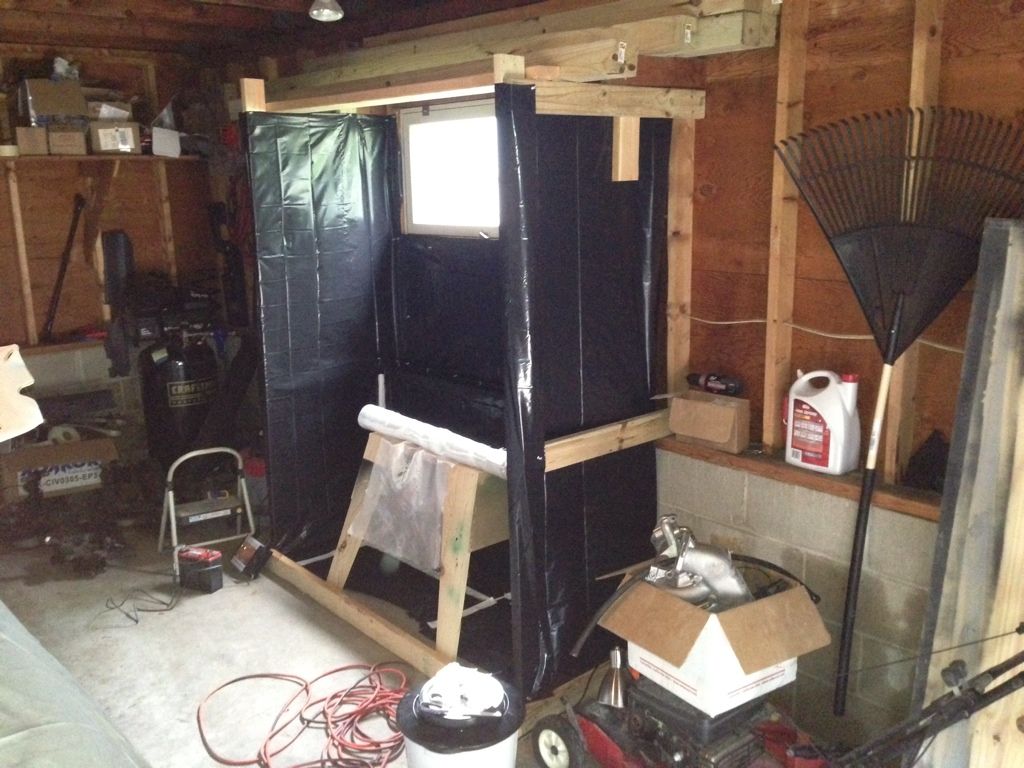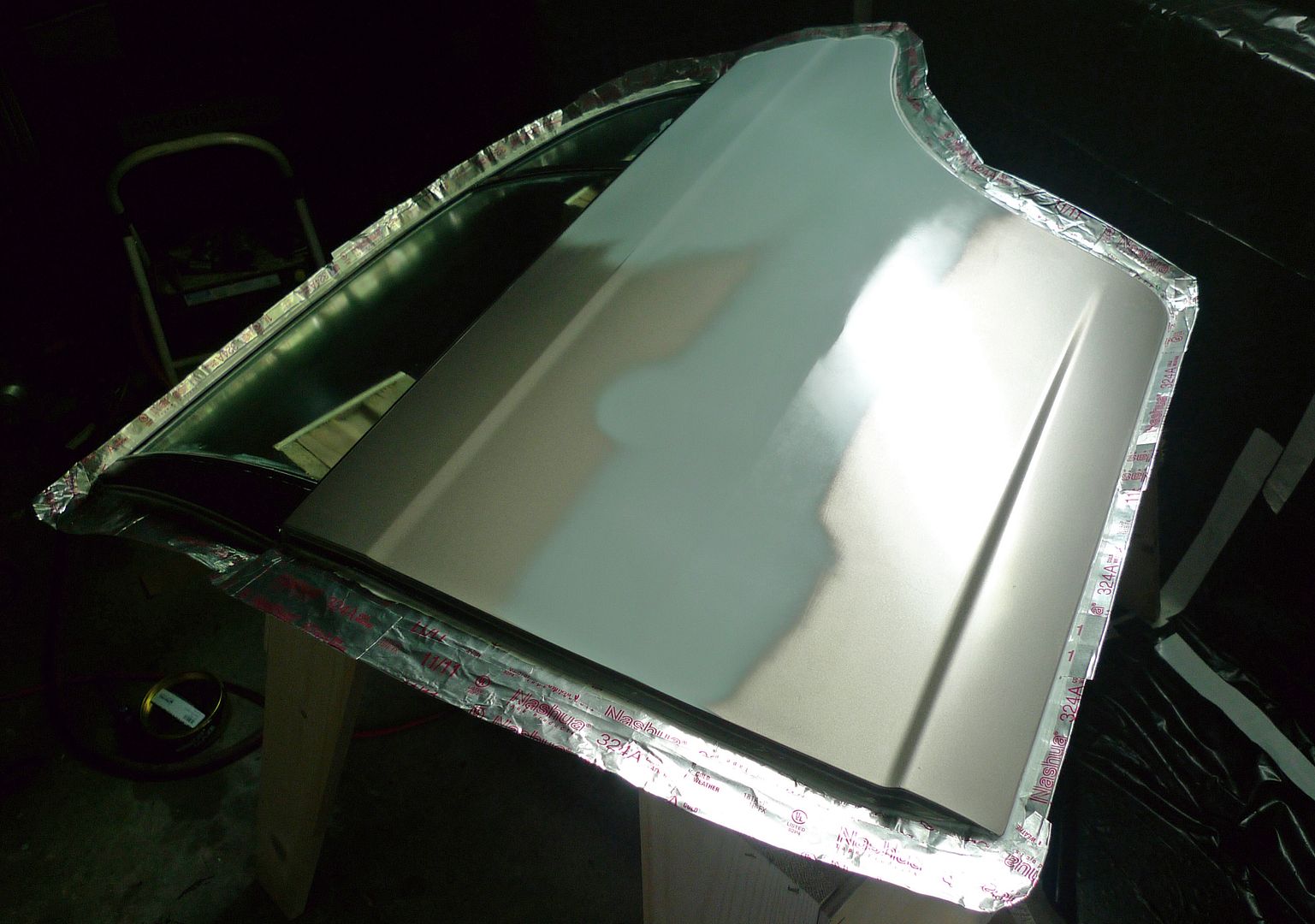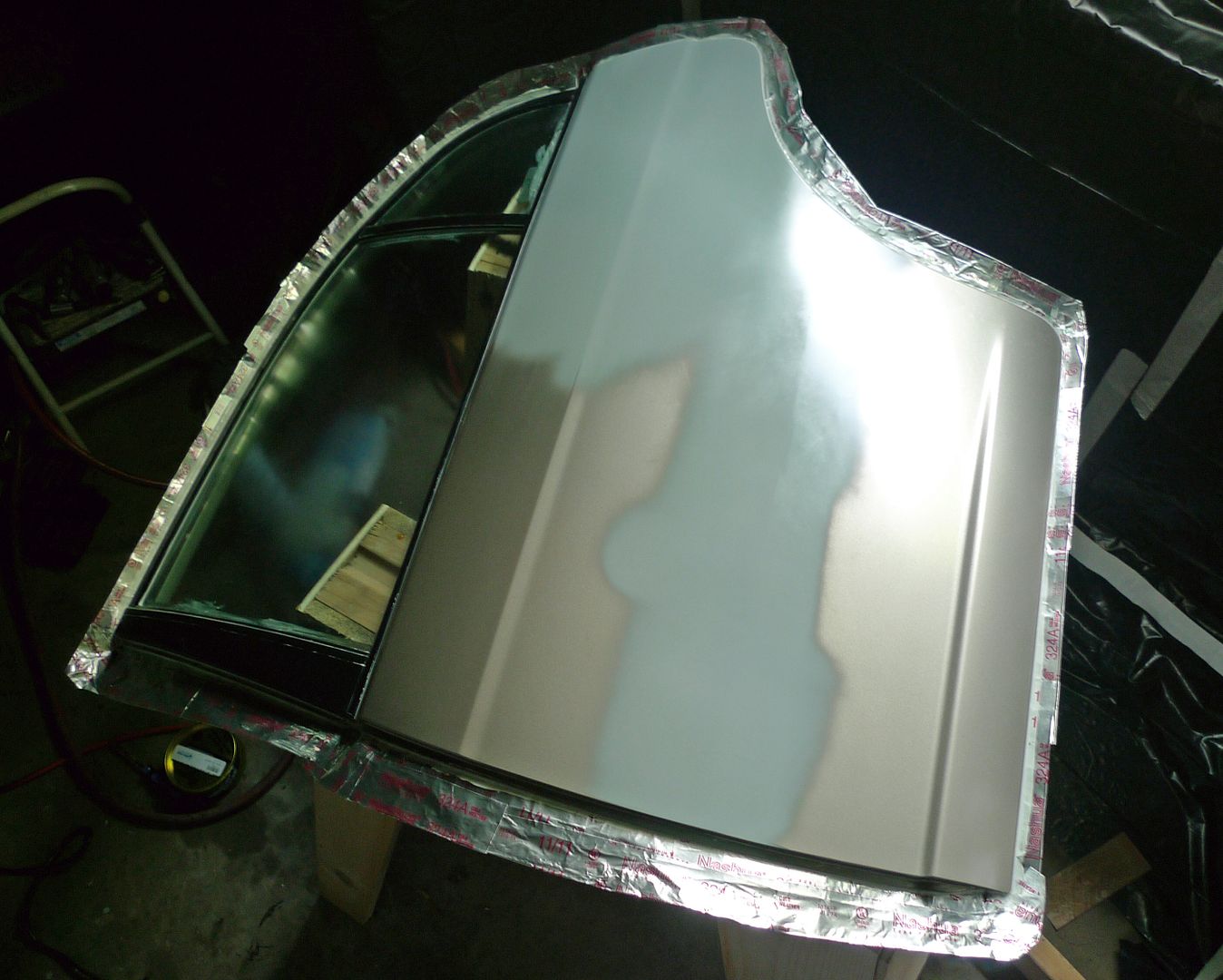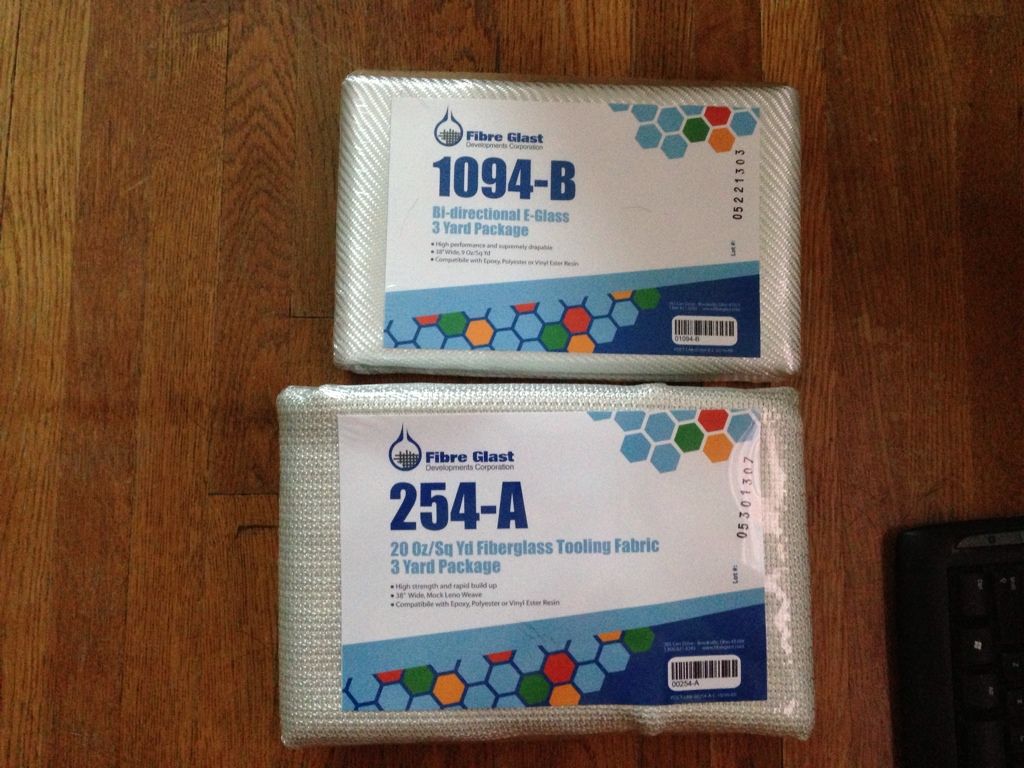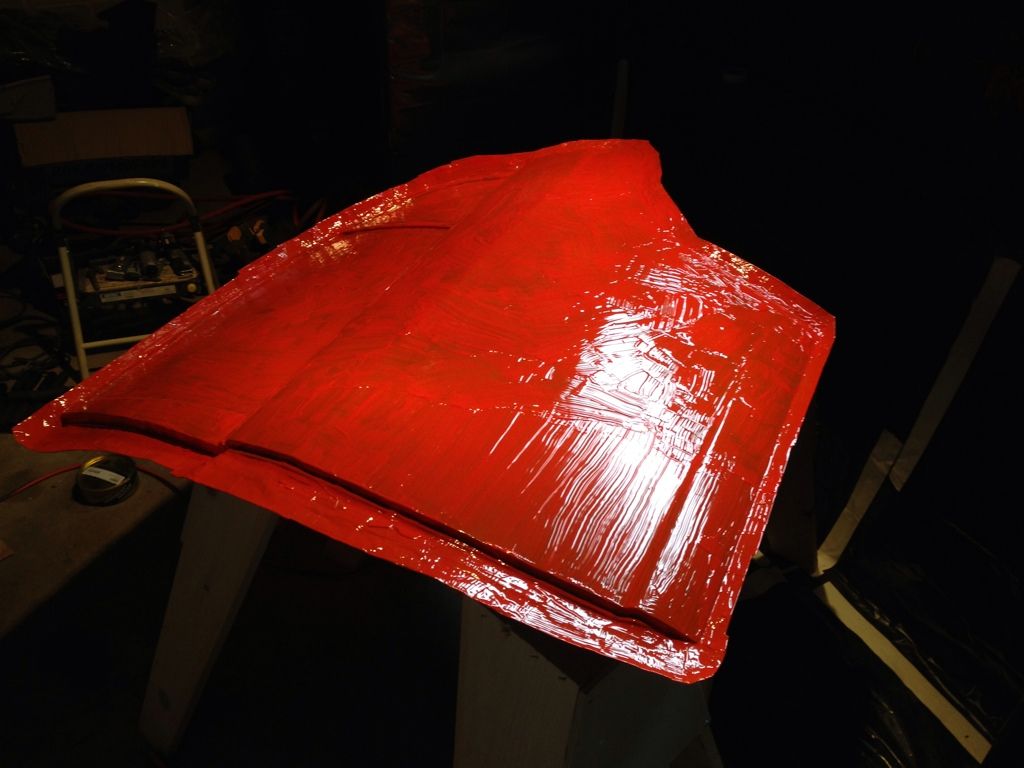Greetings all…I’m planning to mold the doors of my track toy and make cf lightweight versions.
One issue I’m running into is how to seal the trim around the window. I’ve wedged quite a bit of clay into the trim, but there are some very thin crevices where I was thinking 100% SILICONE caulk would work perfectly. Will this cause any issues after I lay down the gel coat?
The reason I ask is because I came across some fiberglass repair threads on a boat forum where they were talking about having to scrape the silicone out of the gel coat:eek:
FWIW, I will have 4 layers of wax and multiple layers of PVA between the silicone and the gel coat.
Here are some pics of my project:
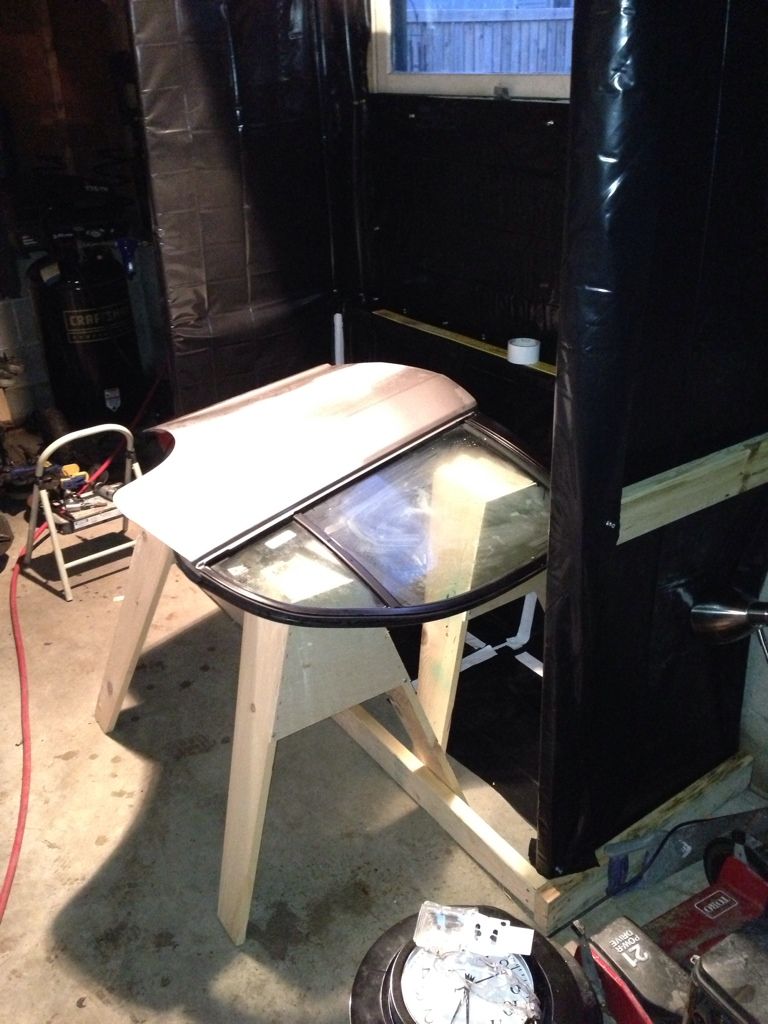
I got a little over zealous…I should have waited to gut the doors until I had a mold of the front side:o
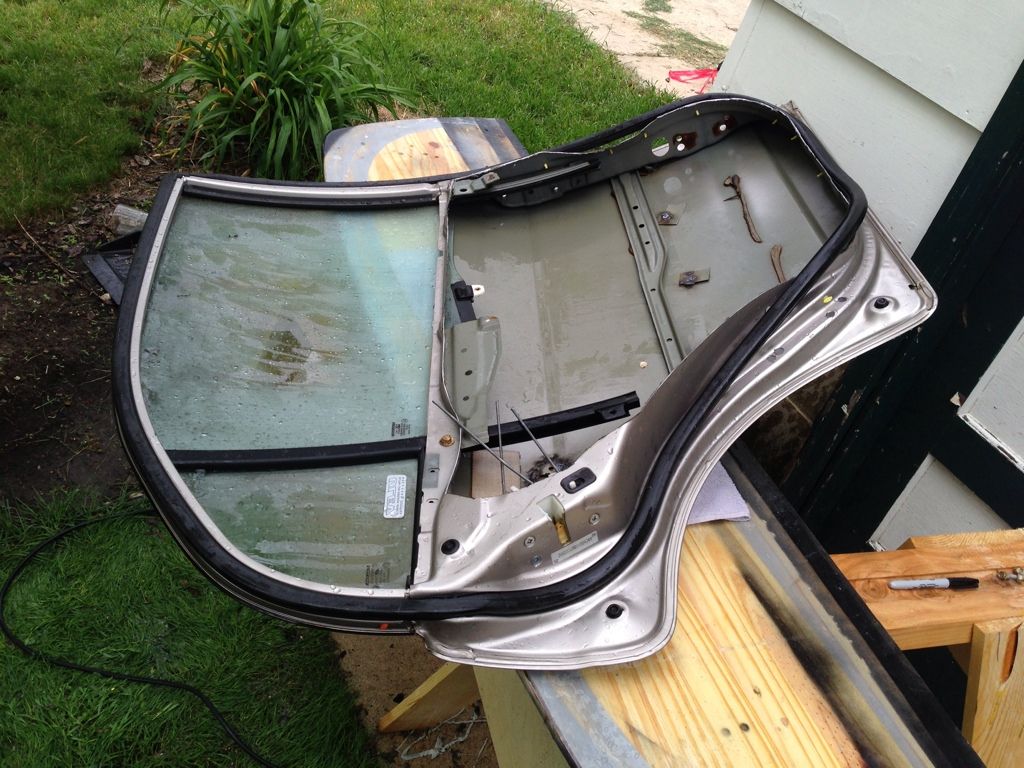
My work area:
